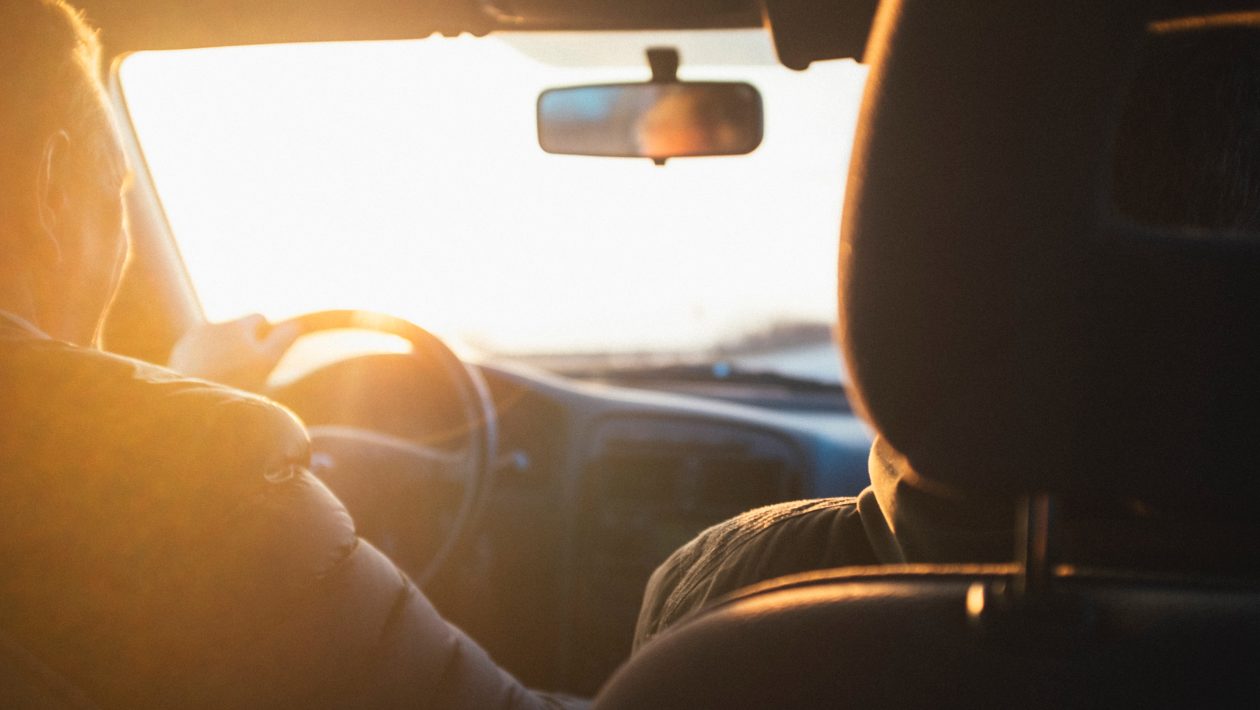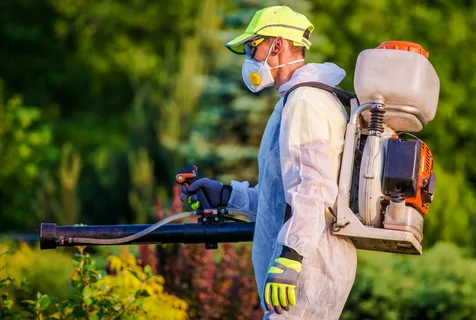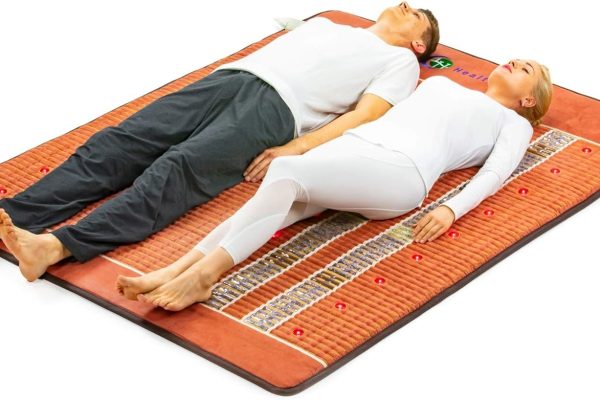The winter is soon at hand, bringing with it the promise of snow, ice and increased risk on UK roads. With shocking statistics indicating that many drivers are knowing driving dangerously in cold and wet conditions, it is more important than ever that you reckon with your own safety when driving during the winter.
Remove Snow and De-Ice
Before embarking on any journey, you should take the time to properly remove snow and ice from your car. You will naturally move to remove any snow bound to your windows and wing mirrors, but many drivers neglect to fully remove snow from their vehicle’s roof or bonnet.
The snow on the bonnet can sometimes obscure vision, and even fatigue the eyes due to its reflectivity. Meanwhile, the snow on the roof runs the risk of sliding down onto your windscreen while you drive. As such, it is important to clear all snow, before using hot water and an ice scraper to remove ice from your windows.
Check Your Tyres
Before you drive, it is also important that you check your tyres – both concerning tread and pressure. Worn tyres will be even less effective in the winter than they are during average climes, so if they are nearing the legal minimum tread depth it may be time to change them out.
With regard to pressure, the drop in temperature associated with winter will cause the pressure in your tyres to drop also. While slightly lower tyre pressure can help you with traction in snow, low tyre pressure can also reduce fuel economy and steering control.
Keep Your Distance
When driving, you should be giving other drivers twice as much space as you usually might. The potential existence of black ice and other hazards on the road makes stopping distances much longer in the winter on average, increasing risks to other drivers.
Of course, there is the possibility that other drivers do not follow the same rule, and collide with you through no fault of your own should a hazard present itself. In these cases, you might be liable to seek compensation for any injuries you suffer, on account of not being at fault yourself. All of which to say: you can control your own road behaviour, but not that of other drivers.
Watch Your Speed and Traction
Speaking of which, it is similarly important that you keep a close eye on your speed habits – as well as the traction of your vehicle at each moment in time. Driving slower gives you more time to react to the movements of other drivers, and also enables you to handle corners more effectively.
Carry an Emergency Kit
Lastly, it is crucial that you fit your car with an emergency kit in the event of an accident or breakdown. This should be tooled for winter, and include warm blankets as well as snow chains, lights and backup battery power.





